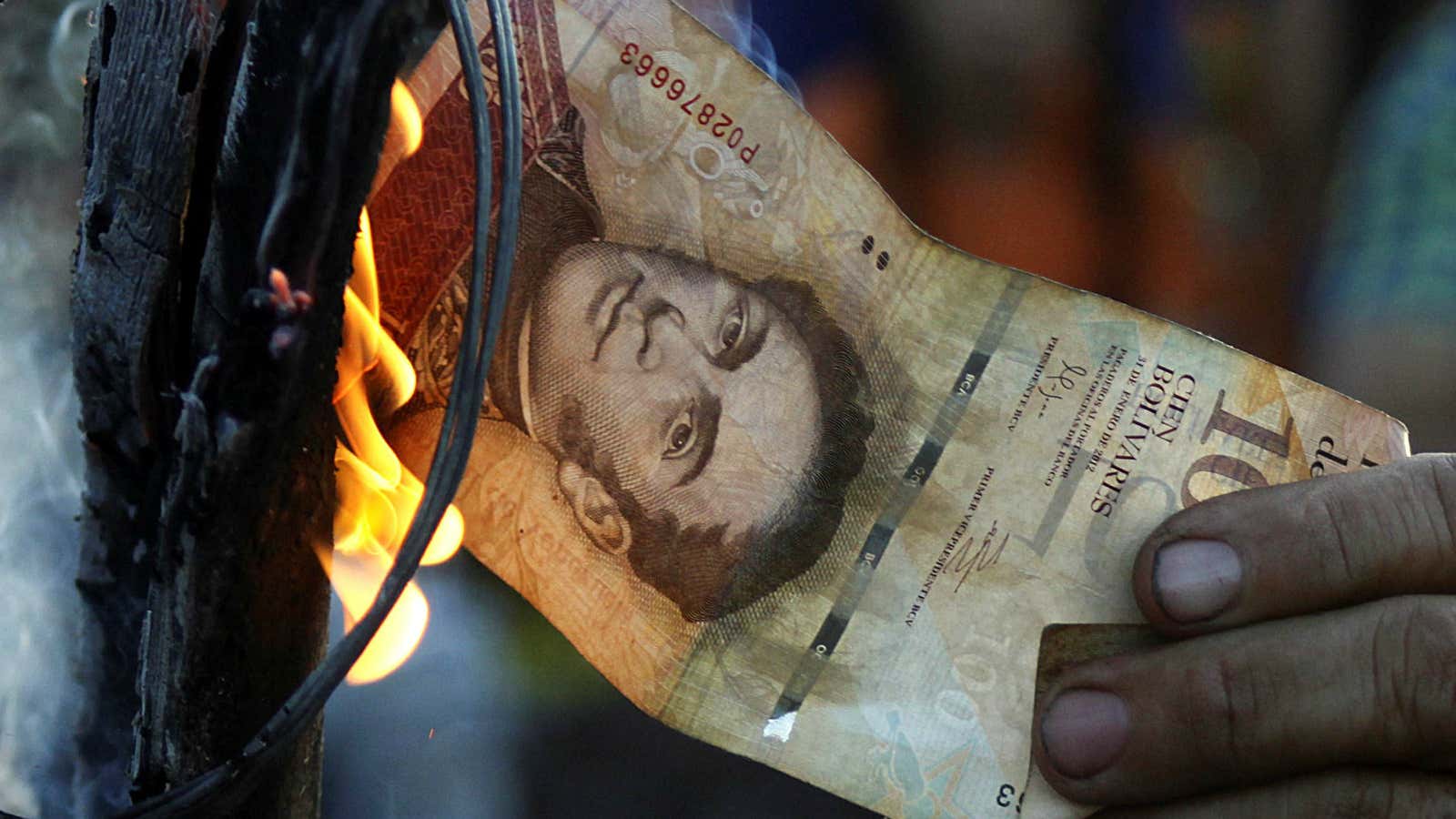Six weeks ago, when prime minister Narendra Modi announced his government’s decision to demonetise Rs500 and Rs1,000 notes, it wasn’t just Indians who were taken aback.
World leaders, economists, and international organisations watched the bold experiment with a mix of wonder and worry. Would it work as a means to crack down on unaccounted cash and counterfeit currency? So far, Modi’s move has left millions scrambling for cash, hitting consumption and thereby threatening GDP growth in India.
Nonetheless, it now appears Modi’s decision was just the first of a handful of such year-end demonetisation exercises around the world.
Australia
On Dec. 14, Australia’s financial services and revenue minister Kelly O’Dwyer said that the country is reviewing a move to ban its $100 notes, the highest denomination available, as well as potentially restricting cash transactions over a certain limit. Australia, much like India, wants to clamp down on the shadow economy.
“Removing large denomination notes in Australia would be good for the economy and good for the banks,” UBS analysts said in a note last month.
Pakistan
On Dec. 19, Pakistan’s senate passed a resolution to phase out its Rs5,000 notes in an attempt to curtail black money. In value terms, Rs5,000 bills account for 30% of the currency in circulation in the country.
Pakistan’s government plans to implement this demonetisation over the next three to five years, in contrast to India’s accelerated approach. The senator who put forward the motion, Osman Saifulla Khan, clarified that the government wasn’t in any way following India’s ideology, saying that he was the last person to be impressed by Modi, according to the Dawn newspaper.
Much like India, Pakistan is on a mission to fight tax evasion and the stashing of illegal wealth.
Venezuela
On Dec. 11, Venezuela—whose inflation rate is estimated to touch 475% this year—announced that it has demonetised its most valuable note, the 100-bolivar bill. The Nicolás Maduro-led government gave citizens a 72-hour window before withdrawing the currency, which accounted for 77% of the nation’s cash in circulation.
The government said old notes will be replaced, at some point, with new ones in denominations between 500 and 20,000 bolivars.
The South American country believes that cross-border mafia has been buying Venezuelan bolivars and selling them for vast profits in Colombia. “We must keep beating the mafias,” Maduro said.
However, the government was forced to give citizens an extended deadline for the use of the 100 bolivar bill after a serious shortage of currency led to violent protests and looting.
Tough times
In the past, countries such as Myanmar and Zimbabwe tried their luck with demonetisation with worrisome results. In India, the move is already drawing criticism, with several economists questioning the government’s execution of the policy and raising concerns about the lack of infrastructure for a cash-free future in an almost entirely cash-dependent nation.
“The biggest problems with India’s demonetisation plans are that there is a lack of nation-wide internet coverage and a lack of planning,” said Lourdes Casanova, senior lecturer at Cornell University’s Johnson School of Management. “This is the first time a currency ban is happening in a country on such a large scale. Theoretically it looks good, but there are massive operational challenges that worry me.”
Casanova added that there will be a drop of a “percentage point or two” in quarterly GDP growth and that annual growth would come down proportionately.
And that may not bode well for Australia, Venezuela, and Pakistan.
